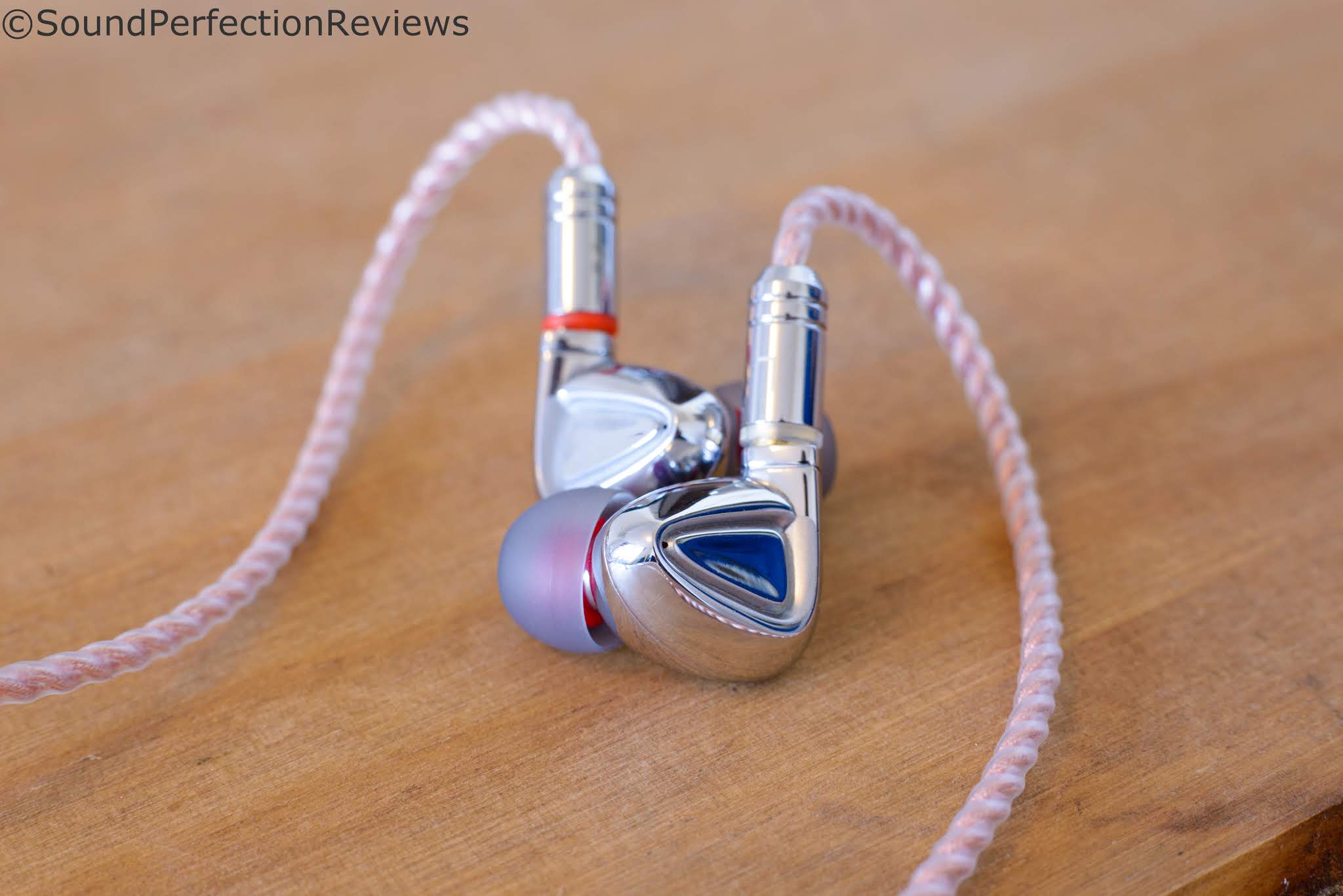Firsly I would like to thank Linsoul for this sample to review.
*disclaimer: This sample was provided for the purpose of writing a review, no incentive was given to write a favourable review. All opinions expressed are my own subjective findings
Gear Used:
iFi Pro iDSD / Audio Opus #2 > Tin P1
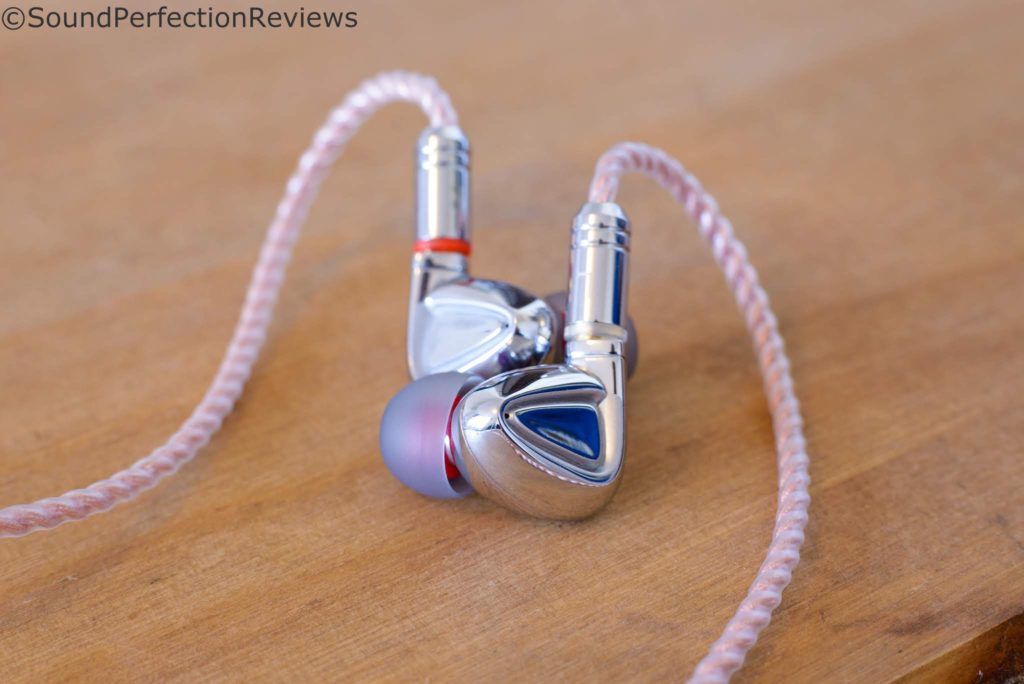
Tech Specs:
TinHiFi P1
Packaging, Build Quality and Accessories:
The P1 come in quite an impressive box, the outside is matte black with the branding on it, slide this sleeve off and you have another matte black box. The top of this inner box opens up to reveal the P1 held in a foam insert with the case below. The box is of good quality, and the presentation is excellent making you feel like you have purchased quite a luxury item.
Build quality is great, the cable is my only gripe. Whilst the cable is not flimsy, the braid is very loose and slightly uneven in places which is purely aesthetic. The jack has good strain relief, the y-splitter is low profile and there is a chin slider. The MMCX connectors feel tight and the moulded earhooks are comfortable. The housings are made of stainless steel and are well finished, overall the P1 feel quite sturdy.
Accessory wise you get a lovely leather case and 6 pairs of silicone tips, along with the S and M foam tips. Overall everything you need is included and having a selection of wide and narrow bore tips is great.
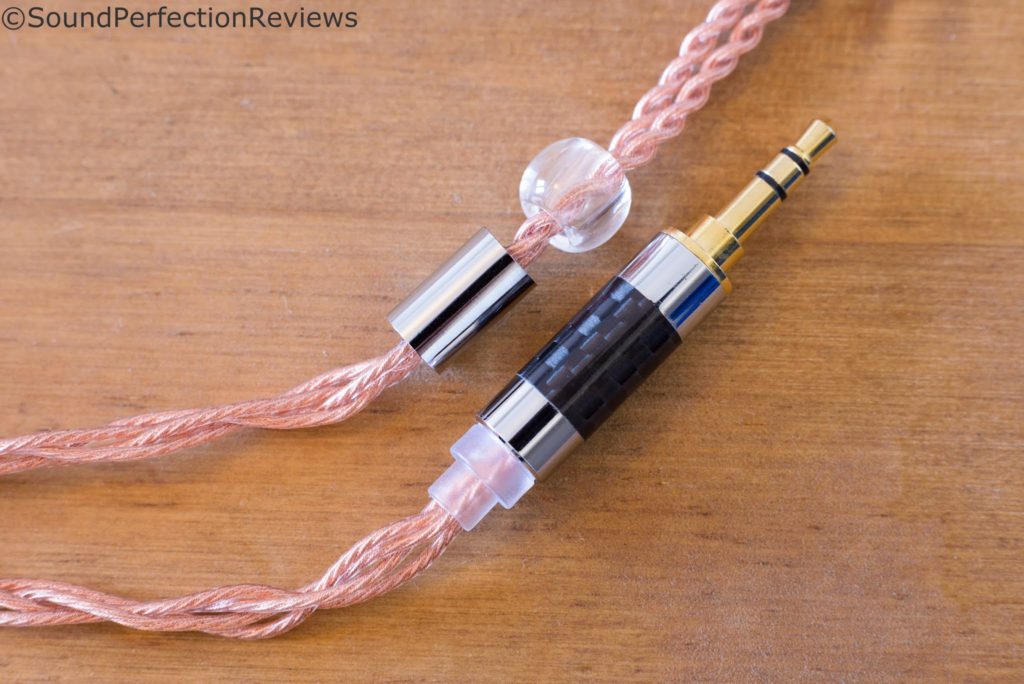
Comfort and Isolation:
The P1 on the outside look very comfortable, and the housings are smooth. However I found the nozzle to be at an odd angle which made the top part of the housings stick out at an odd angle, which also meant the MMCX connectors were not particularly flush with my head. Fit will vary from person to person, they are not uncomfortable but if they had paid more attention to the angles I think they could fit better. The cable is nice and comfy in use though.
Isolation is not very good, there are 2 vents on the housing that do allow a fair amount of outside noise in. They isolate better than fully open IEM’s like the iSine series though, and are small enough for normal daily use.
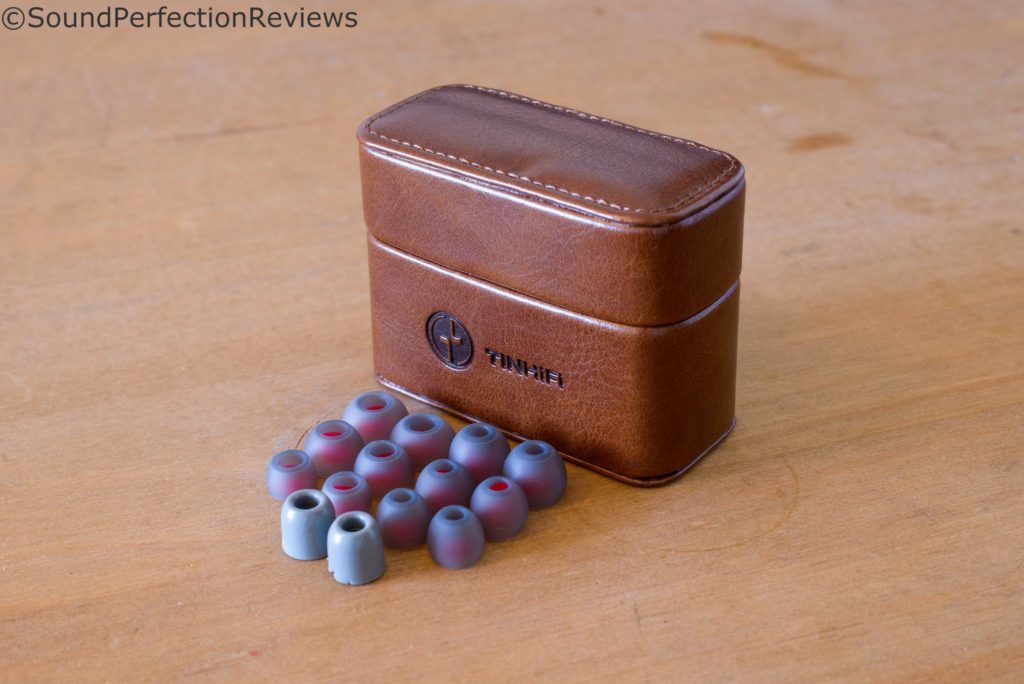
Sound:
Lows: The P1 have a fairly linear bass response with mild roll off in the sub-bass region and slight elevation in the mid-bass. Quantity wise the lows quite quite neutral and reserved, they will not appeal to those looking for a full and warm sound signature. What they do have is great speed down low, managing to keep up with complex mixes with ease. The lows are articulate, they are not bass light, they just aren’t boosted for fun factor. The lows are good at being there when needed yet never dominating the sound, they also handle mild EQ’ing quite well should you wish to boost them. They are not devoid of fullness, it’s just they are so well controlled that you almost forget about the punch and slight fullness that is there.
Mids: The midrange is so airy and detailed but it does come at the cost of a little emotion. The mids are crystal clear and effortlessly detailed, but they don’t become too edgy on flawed recordings. The upper midrange is not dipped, and thus is susceptible to sibilance if present in the recording. But they are not overly sibilant to the point of harshness or fatigue. Notes can come across a little thin at times, but the overall detail and resolution in the midrange is quite amazing. Again like with the lows, these are geared towards bringing out the detail and will not suit those who prefer a smoother and laid back sound signature.
Treble: Here is where the P1 really stand out, with pretty much perfect treble reproduction, it has energy without brightness. The refinement and speed is impeccable, this leads to a treble presentation that is not subdued and perfectly aligned with the rest of the frequency response but without fatigue inducing peaks or distortion. Crashes have excellent energy, yet sizzle off into the distance with great air and extension. They are not bright, and the treble does not dominate the sound, yet they sound effortless with excellent detail retrieval.
The soundstage is not huge, but the clean notes and snappy dynamics mean the P1 don’t ever sound congested. Instrument separation is excellent as you would expect, and layering is also superb.
Synergy: Now the P1 use a planar driver, and one that requires a fair bit of power behind it to sound its best. The P1 are best used with an amplifier or a powerful DAP. I tested them out of a couple of sources, the iFi Pro iDSD is incredibly clean in its solid state mode but I found the P1 to sound a little lean and lifeless.
Now switching to my Audio Opus #2 DAP I found the P1 to really come alive, with articulate lows that are not lacking body, a midrange that is well layered and detailed but not overly clinical, and an effortless air and extension up top. The pairing of the P1 + Opus #2 is something stellar, and I really want to test them with an iBasso DX220 + Amp9 one day.
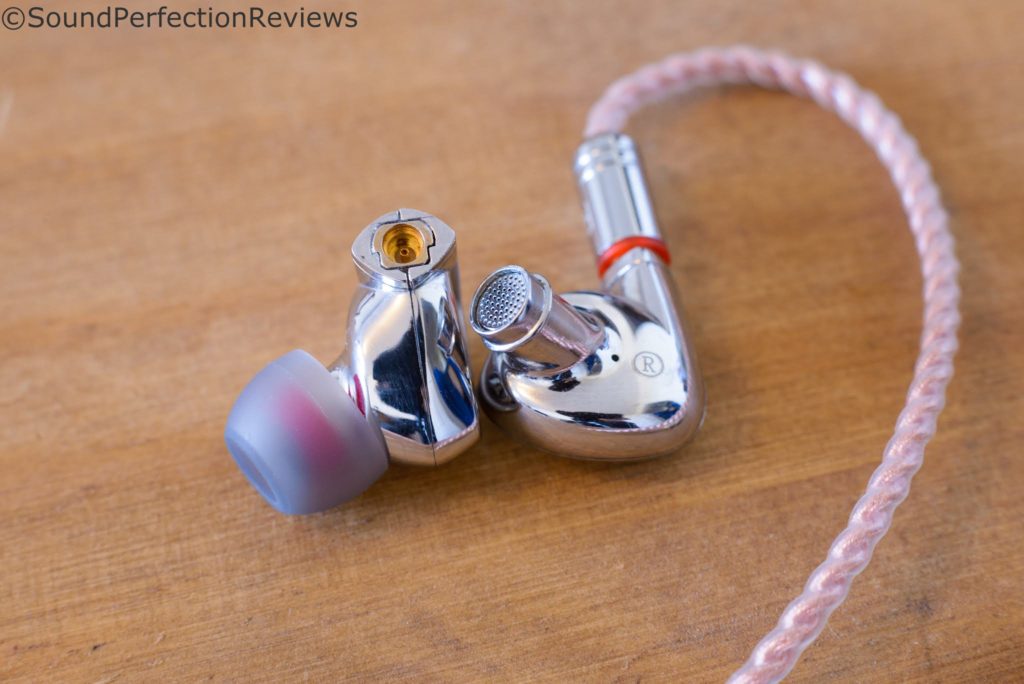
Conclusion:
We have an affordable planar IEM with a good stock tuning, this is something quite exciting. Synergy is key here, pair them with a sub-par, under-powered or aggressively neutral source and they might be a little thin and lacking texture. But pair them with the right source and you’ll get richness where needed with ample low end heft along with a detailed midrange and effortless highs. They are also quite unforgiving of poor recordings. The P1 may lack a tiny bit of richness, but makes up for it in resolution and a fairly neutral sound signature.
Sound Perfection Rating: 8.5/10 (source dependent, but highly resolving and transparent sound for the price)

